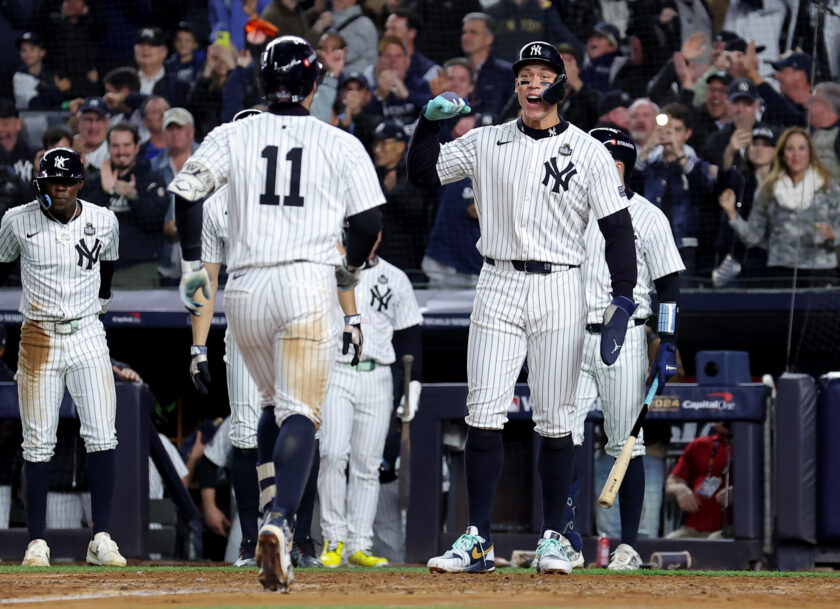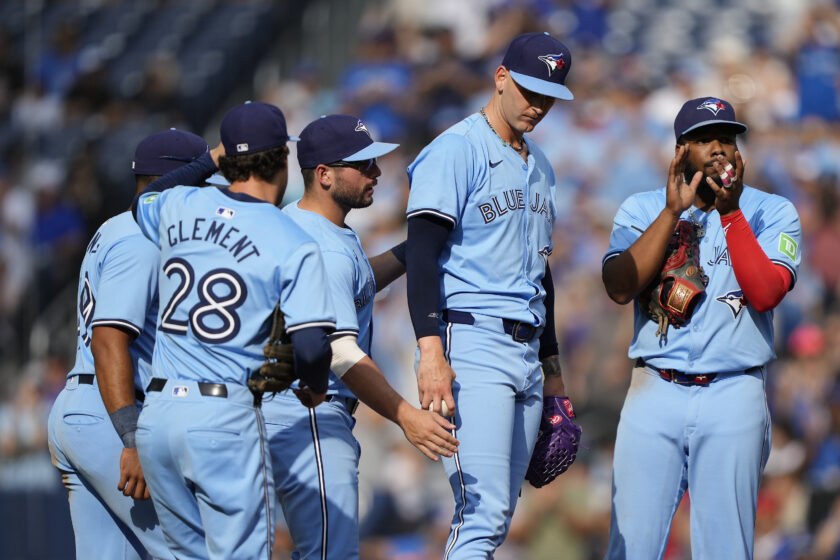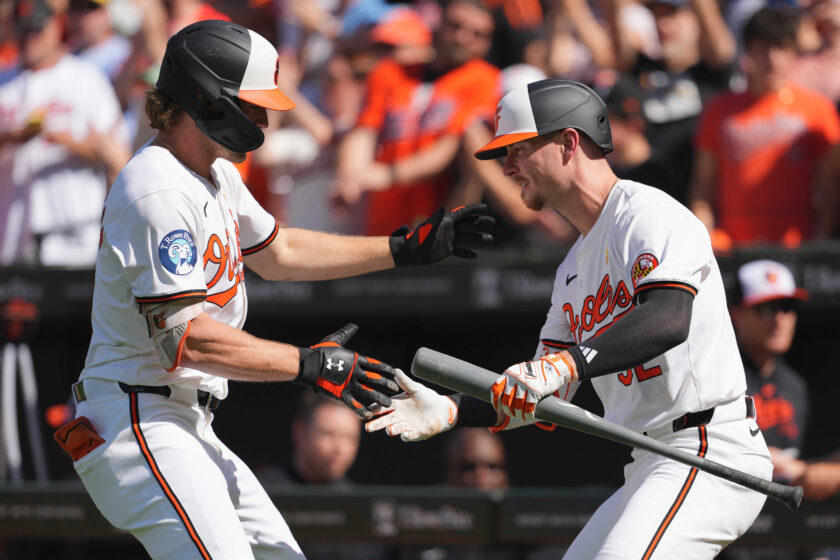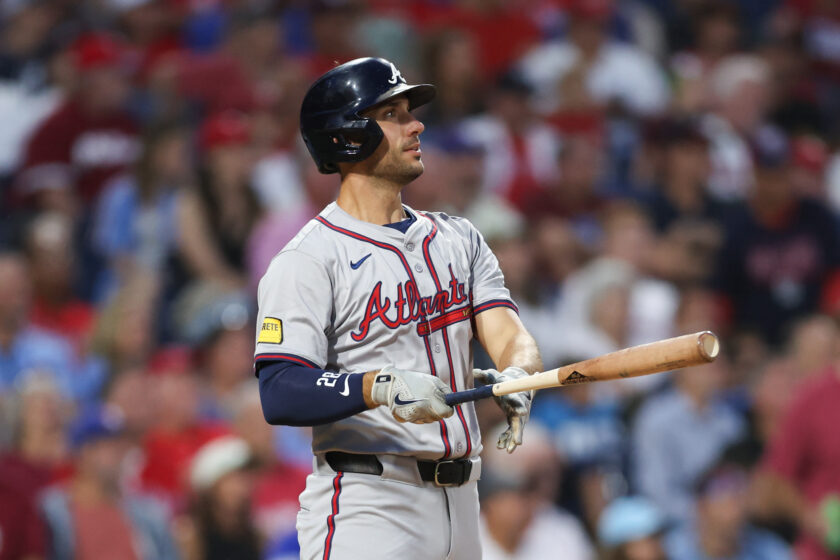MLB missing the revenue sharing mark hurting fans and players
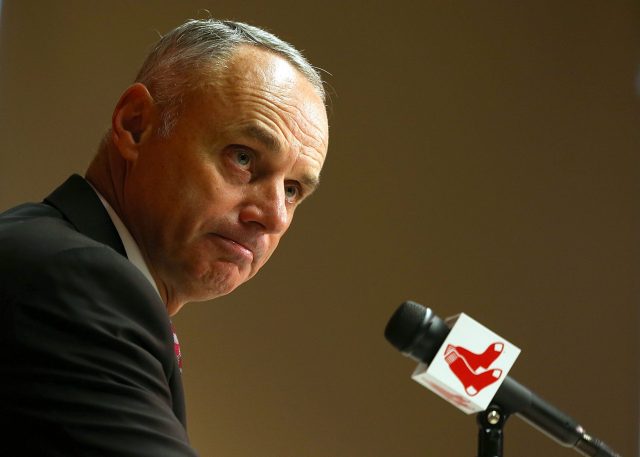
MLB’s Robin Hood revenue-sharing rule remains a good system. But it needs to be thoughtfully tweaked to benefit everyone.
How teams who receive revenue sharing money use it is, seemingly, one the most closely guarded secrets in all of major league baseball. That’s probably because the prevailing theory is perhaps correct and MLB is embarrassed by the welfare system it has created but done little to control.
The idea behind the system is that monies collected from teams that supersede this year’s cap of $197 million will then be dispersed to teams which are the most in need, based on each team’s generated revenue.
Two of the richest teams in baseball are struggling to get under the threshold before the luxury tax kicks in for the upcoming season. Andy McCullough, writing for the Los Angeles Times, reports that the Los Angeles Dodgers are on the cusp of doing so as a result of their weekend deal with the Atlanta Braves dumping $50 million in payroll for the upcoming season.
The New York Yankees, despite taking on the ten-year $197 million investment in Giancarlo Stanton are still within the framework to meet Hal Steinbrenner’s edict to Brian Cashman to keep the team under the threshold.
[sc name=”Yankees Center” ]So far, so good. Right? We have teams competing with each other to avoid paying the luxury tax. But, here’s the hitch. That money is coming from players who normally would have been kept (Chase Headley) on the squad, or from free agents (Jake Arietta), the Yankees or Dodgers might have been in the market for in another time.
So be it. But here’s the kicker. What controls does MLB have in place to ensure teams who receive revenue sharing money return it to where it came from – the players? Fans of a team receiving free money would have a right to expect a return investment towards increasing payroll. Or so you would think.
But there are still a significant lot of baseball fans who miss the underlying point. Here’s Governor John Kasich, from Ohio, eloquently arguing in favor of revenue sharing, but also missing the elephant in the room:

With thanks to Forbes.com and the table below, you’ll recall what I said about secrecy when you see the dates of these statistics. Nevertheless, the numbers make the point, and there is nothing MLB has done since to change the force of what is revealed.
| 5 biggest revenue-sharing payees, 2012-15 | ||||
| Rank | Team | Received | Payroll | Payroll rank |
| 1 | Miami Marlins | 142 | 248 | 30 |
| 2 | Tampa Bay Rays | 138 | 289 | 29 |
| 3 | Kansas City Royals | 135 | 382 | 20 |
| 4 | Oakland Athletics | 114 | 306 | 28 |
| 5 | San Diego Padres | 113 | 332 | 25 |
Now, I don’t know who you think I should pick on, but they’re all the same. Perhaps, with the possible exception of Kansas City, a team that finally ran into a roadblock this season when their Championship team of 2015, including Eric Hosmer, Mike Mousakas, et al. all, reached free agency blowing up the team.
But isn’t it a legitimate question to ask, for instance, what Jeffrey Loria, the principal owner of the Marlins at the time, did with $142 million he was given when his average payroll over those four years was around $62 million?
Robin Hood, and especially the fans who support those wealthy teams, have a right to know how their contribution to the poor is being spent. And conversely, fans of the team receiving the monies deserve the same.
Not likely but could, as an example, some of that money be used to pay Giancarlo Stanton’s salary, keeping the Marlins as a viable franchise in baseball without the fire sale going on in Miami today?
Without access to their “books”, I don’t know nor does anyone else know the abyss these funds disappeared into.
This may or may not be an original idea, but consider this. I would imagine revenue sharing money comes to a team on the receiving end as a direct deposit into their main account with MLB, or even worse, a team banking account. From there, the game is over unless a team of forensic economists is allowed free access to a team’s account(s).
A better idea might be to have the money deposited in an escrow account, specifically designed as a platform from which MLB can monitor expenditures from the account. Because if the expressed purpose of revenue sharing is to improve the team presented on the field, Big Brother is necessary.
We can all remember what we were like when Mom or Dad presented us with an allowance with no strings attached. Case closed, right?
This is no different and let’s face it. These owners are not in the baseball business with the goodness of their hearts on display. And if they have an opportunity to turn money back to their stockholders as dividends, no matter where it comes from, they will do so every chance they get.
No, the crux of the matter is MLB itself. Oh damn, I forgot. It’s the owners who are promulgating this thing in the first place, so where is their motivation to change anything?
There isn’t anything save for an uprising from fans of baseball like this article is intended to foster that can change the status quo. Beyond that, though, there is hope that the Major League Baseball Player’s Association will undertake the issue with alacrity, or at least when the next round of negotiations come about.
Robin Hood supposedly was all about fairness. What we have now is not fair to both fans and players, and it’s hurting the game.
[sc name=”Yankees Link Next” link=”https://elitesportsny.com/2017/12/10/farewell-star-highlights-starlin-castros-time-new-york-yankees/” text=”A farewell to Starlin Castro” ] [sc name=”MLB Section”]A fan of the Yankees for more than a half-century, the sport of baseball and writing about it is my passion.
Formerly a staff writer for Empire Writes Back, Call To The Pen, and Yanks Go Yard, this opportunity with Elite Sports NY is what I have been looking for.
I also have my own website titled Reflections On New York Baseball.
My day job is teaching inmates at a New York State prison. Happily married with five grandchildren. Living in Catskill, New York.

